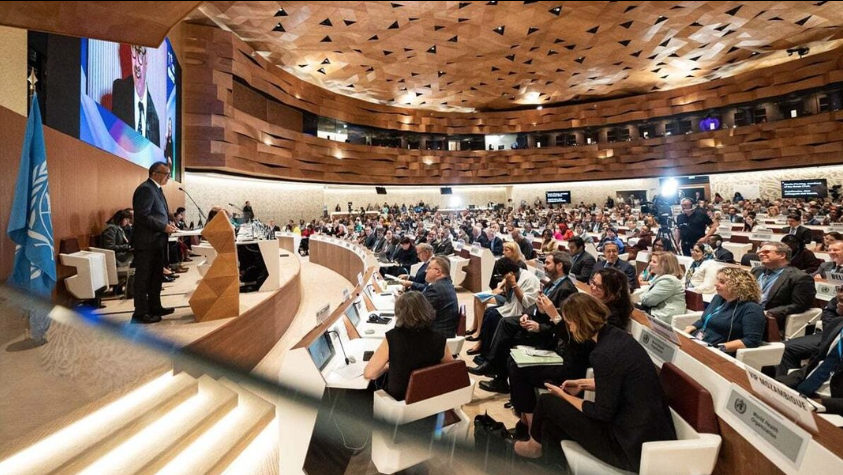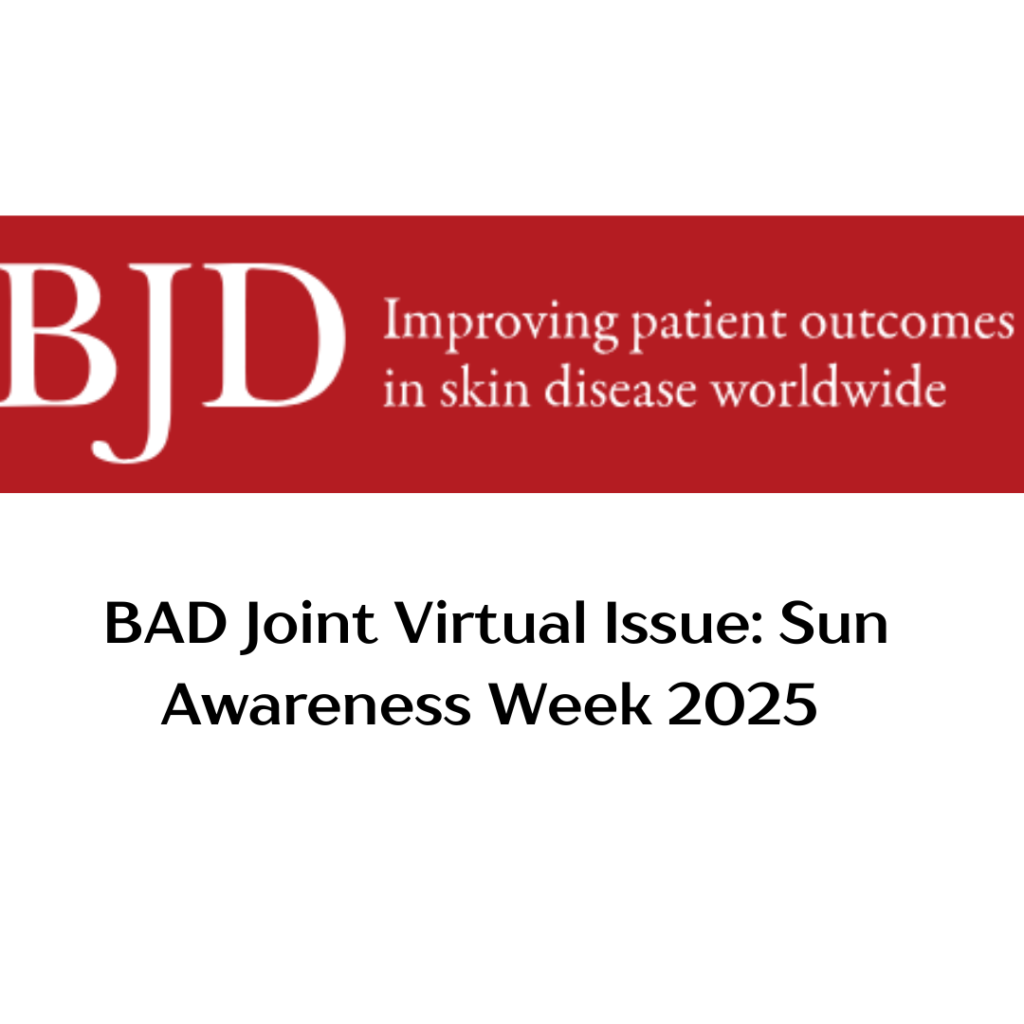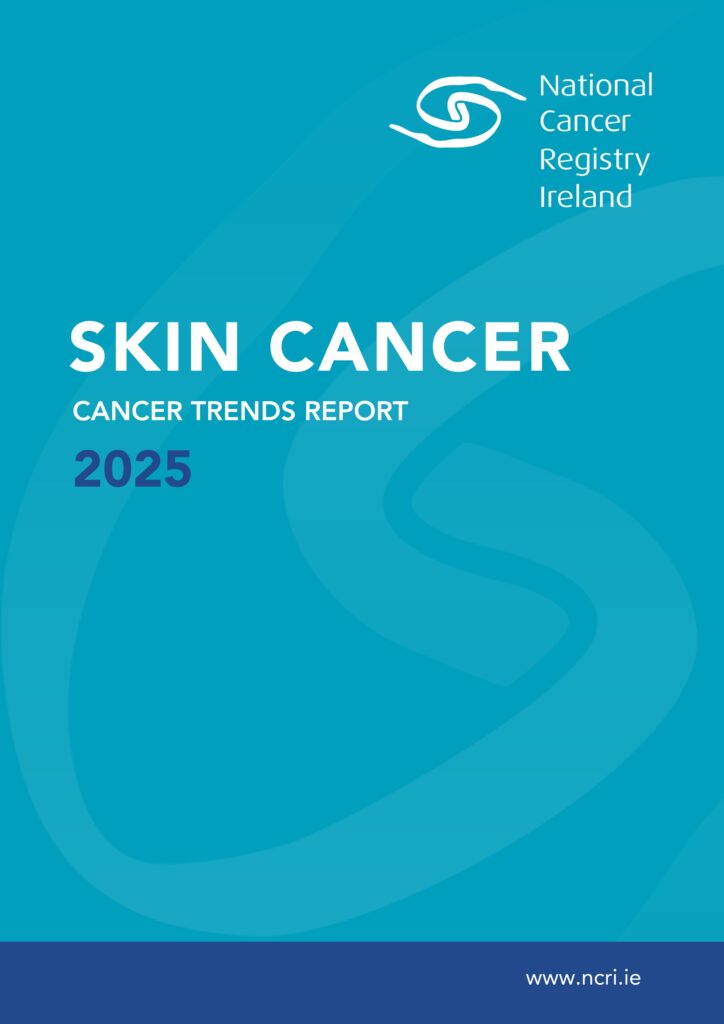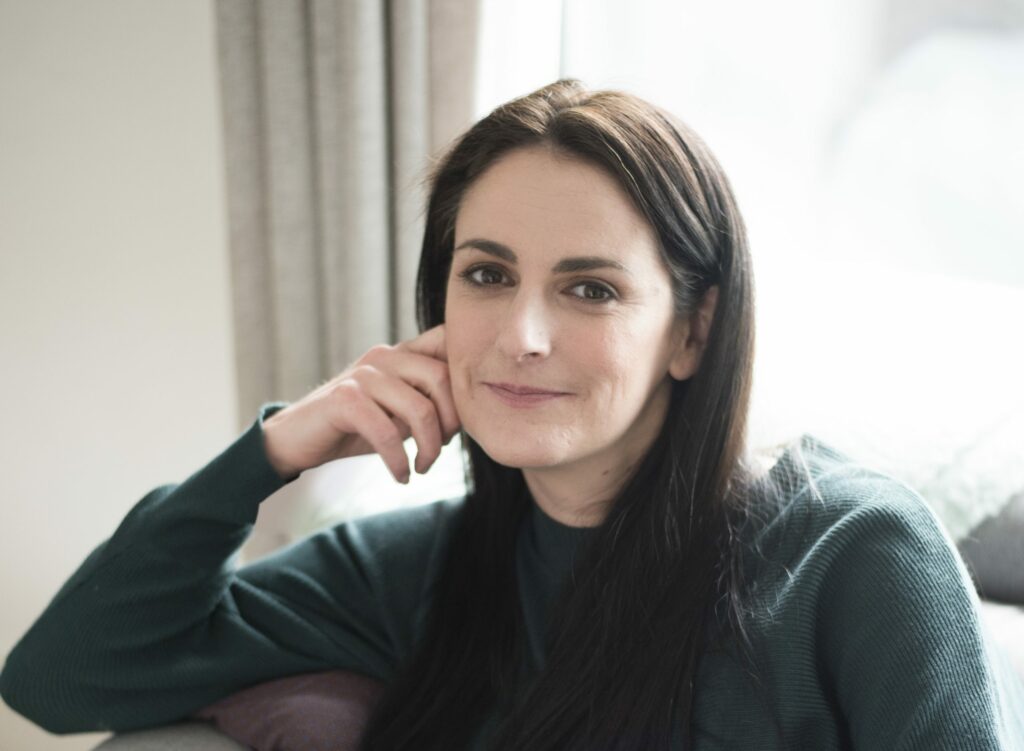First published June 2017; updated June 2021
What is solar ultraviolet radiation?
Ultraviolet (UV) radiation is one of the three major components of sunlight, which include visible light and infrared (heat). It is divided into three categories, classified according to wavelength: UVA, UVB and UVC. The ozone layer blocks all UVC and most (90% or more) of UVB, while UVA passes through the atmosphere relatively unchanged. Therefore, the two types of UV radiation that we need to be concerned about, are UVA and UVB.
Why is UV radiation important?
UV radiation in sunlight has both positive and negative health effects. Although UVB plays a role in vitamin D production, UV radiation can also damage skin cells, with overexposure causing both visible (sunburn) and invisible damage, resulting in premature ageing, eye damage (e.g. cataracts) and increasing skin cancer risk. Furthermore, vitamin D produced in the skin is ‘biologically regulated’ – long periods of sun exposure can actually break it down, therefore reducing benefit.
UVA & UVB
Longer wavelength UVA rays penetrate more deeply through the layers of the skin than UVB. UVA is mostly involved in skin ageing while UVB is mainly responsible for sunburn. However, both types of UV are linked to the development of skin cancer.
A worrying trend
Skin cancer is the most common cancer in Ireland, with rates projected to more than double by 2045. Yet in most cases, it is preventable and early detection leads to better outcomes. The vast majority of these cancers are caused by overexposure to UV radiation, mainly from sunlight, although UV radiation from artificial sources (e.g. sunbeds) can also cause skin cancer.
Most people living in Ireland have fair skin which burns easily and tans poorly, so are particularly vulnerable to sun damage and skin cancer.
What influences UV level?
UV rays are present all year round but levels vary, depending on things like: your location, time of year, time of day, and weather conditions. The higher the sun is in the sky, the greater the intensity of UV rays. So remember time of year, time of day and time unprotected outside, all matter to your skin!
- Latitude: The closer to the equator, the greater the UV radiation levels.
- Time of day: Solar UV levels change throughout the day, rising during the morning and reaching their peak when the sun is at its highest point in the sky above the horizon (solar noon), before declining during the afternoon and evening.
- Time of year (Season): During winter, the sun is lower in the sky than during the summer months. The length of the day is also shorter, and so UV is less intense.
- Altitude: UV levels increase by 4% for every 300-metre rise in altitude.
- Reflection: UV is reflected from many surfaces, for example sea surf (white foam) can reflect about 25-30% of UV, while a concrete footpath can reflect up to 12% of UV.
- Cloud cover: While UV levels are highest when skies are cloudless, over 90% of UV can pass through light cloud.
- Ozone: the ozone layer provides a defence against UV penetration. Ozone levels can vary over the year; lower ozone values lead to higher UV levels, while higher values lead to lower UV levels.
Protect yourself from overexposure
UV radiation cannot be seen or felt (infrared radiation causes heat, not UV) so you need to defend yourself against overexposure.
The Global Solar UV index is a scale that was developed by the World Health Organisation which measures the UV radiation level at the surface of the Earth, and gives an indication of the potential for skin damage.
It is calculated in a way that indicates the risk of developing sunburn, which is mainly caused by UVB.The UV index ranges from zero upwards – the higher the UV index, the greater the risk.

In Ireland, make sun protection part of your daily routine particularly from April – September, when the intensity of sunburn producing UV is greatest, even when it is cloudy! Stay safe by limiting time in the midday sun when UV is strongest, typically between the hours of 11:00am-3:00pm.
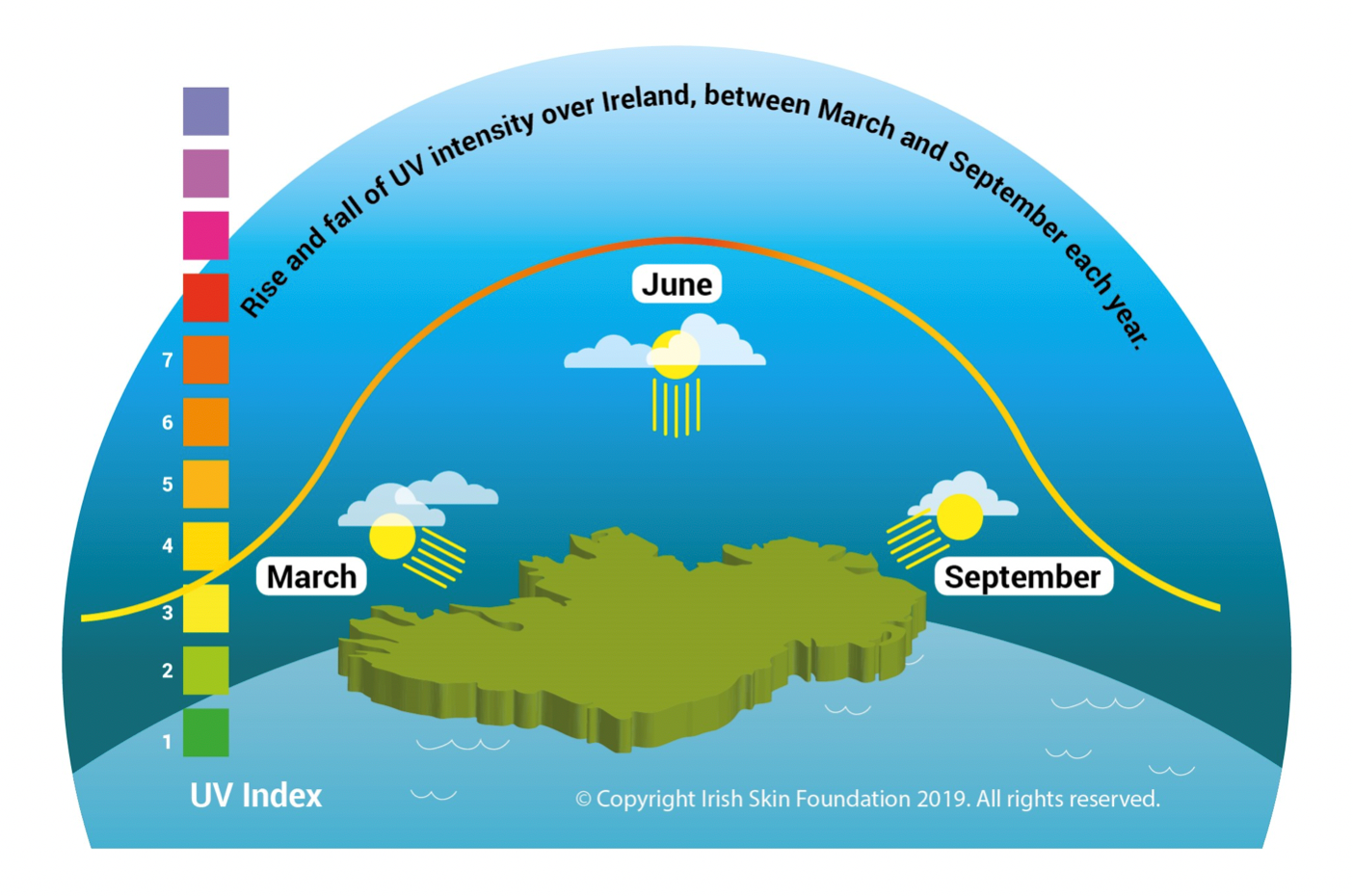
Remember the 5 ‘Ss’ of sun safety

Remember: Do not deliberately suntan. Avoid sunbathing/sun burning. Never ever use a sunbed!
If you are concerned about a change or growth on your skin, you should always see your doctor.
Next article: Confused about the UV Index?
For more information on how to Protect & Inspect™ against Melanoma Skin Cancer visit our information and resources page.

